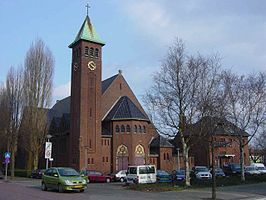During my frist entries I mentioned early theories of tourism. Namely, Boorstin's Spectacle and MacCanell's Quest for Authenticity. The reason I included them was that I wanted to provide my personal motivation for the visits. I wanted to avoid getting inauthentic experineces and ending up in the Spectacle.
Additionally, I reflected on the Hosts and Guests theory while discussing the commercialisation of the houses of worship.
Having covered basic theories and explanations, I defined what does the term "religious tourist" mean exactly, while referring to Rinschede (1992), and concluded that people without clear religious motivation can also be considered as religious tourists. After that, I covered the theories of motivation - content and process theories, according to Blackwell (2007).
Regarding the experience I got from these trips around the city and province, I would say that it is definately something that I will remember for the entire life (taking into account I have been to places without seeing anything similar before). I also liked to record all the feelings I got from my trips in blog form, mainly because I have never done this before. I am only disappointed by the fact that I could not travel more due to my laziness studies. There are still hundreds of places worth seeing regardless of whether you are a religious tourist or not. I would say that I did not even cover a tenth of the houses of worship in the province, let alone the city.
References:
Blackwell, R. (2007). Motivations for Religious Tourism, Pilgrimage, Festivals and Events (R. Raj & N. D. Morpeth, Eds.). Wallingford, UK: CABI Pub.
Rinschede, G. (1992). Forms of religious tourism. Annals of Tourism Research, 19(1), 51-67


















